| Home | Nature Weekly Index |
27 July 2014 | Dipterocarp Tree | White Thingan (Hopea odorata) |
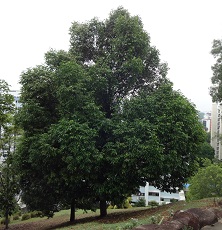
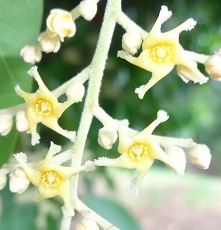
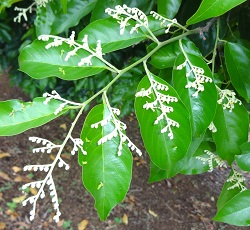 It was on 4 April that I first noticed the flowering of the White Thingan trees
(Hopea odorata) in the nearby park. White Thingan is a type of gigantic tree
belonging to the family Dipterocarpaceae. In its mature for, it can go up to 45 metres in height. There are a few of these tree
planted on a slope in the park. For the last 5 years since I have been residing in this area, I have never seen them flower once.
Needless to say, I was really excited to see them blooming eventually. I have shared this blooming briefly in my
Short Note on 13 April.
It was on 4 April that I first noticed the flowering of the White Thingan trees
(Hopea odorata) in the nearby park. White Thingan is a type of gigantic tree
belonging to the family Dipterocarpaceae. In its mature for, it can go up to 45 metres in height. There are a few of these tree
planted on a slope in the park. For the last 5 years since I have been residing in this area, I have never seen them flower once.
Needless to say, I was really excited to see them blooming eventually. I have shared this blooming briefly in my
Short Note on 13 April.
Over the last few months since April, the flowers had progress to become the winged fruits and fell to the ground to continue the next generation. The blooming of the trees were excessive. At one stage, the whole tree was covered by the flowers which may be more than the number of leaves on the tree. The immature fruits started to form around 20 April. By 26 April, all the flowers had either dropped off or become fruits. The wings of the fruit started to turn brown around 8 June, a sign that maturation of the fruits is imminent. Thereafter, I was away for a 2-weeks overseas trip. By the time that I came by the trees again on 28 June, all the fruits were gone and found littered around the trees. The flower to fruit duration was about 3 months.
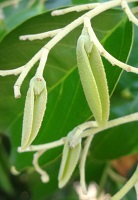
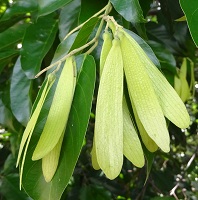
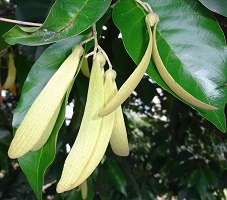
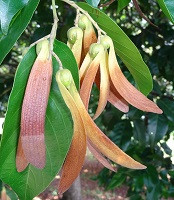
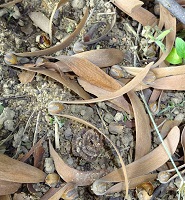
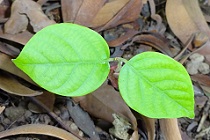 It appeared that the fruiting of these trees in
the park was in sync with the masting season seen in the Nature Reserve in March.
It is known that trees from the Dipterocarp family only fruit once in a few years. I do not know whether these trees flowered
in the last masting season in 2009 but I will continue to monitor them and await the next fruiting season.
It appeared that the fruiting of these trees in
the park was in sync with the masting season seen in the Nature Reserve in March.
It is known that trees from the Dipterocarp family only fruit once in a few years. I do not know whether these trees flowered
in the last masting season in 2009 but I will continue to monitor them and await the next fruiting season.
By early July, some of the dried fruit had started to germinate under the parent trees. Unfortunately, they are not going to survive or thrive because they were born at the wrong place --- in a park with regular trimming of the undergrowth around and under the trees. Nevertheless, it showed that this introduced tree is likely to be naturalized if left undisturbed.